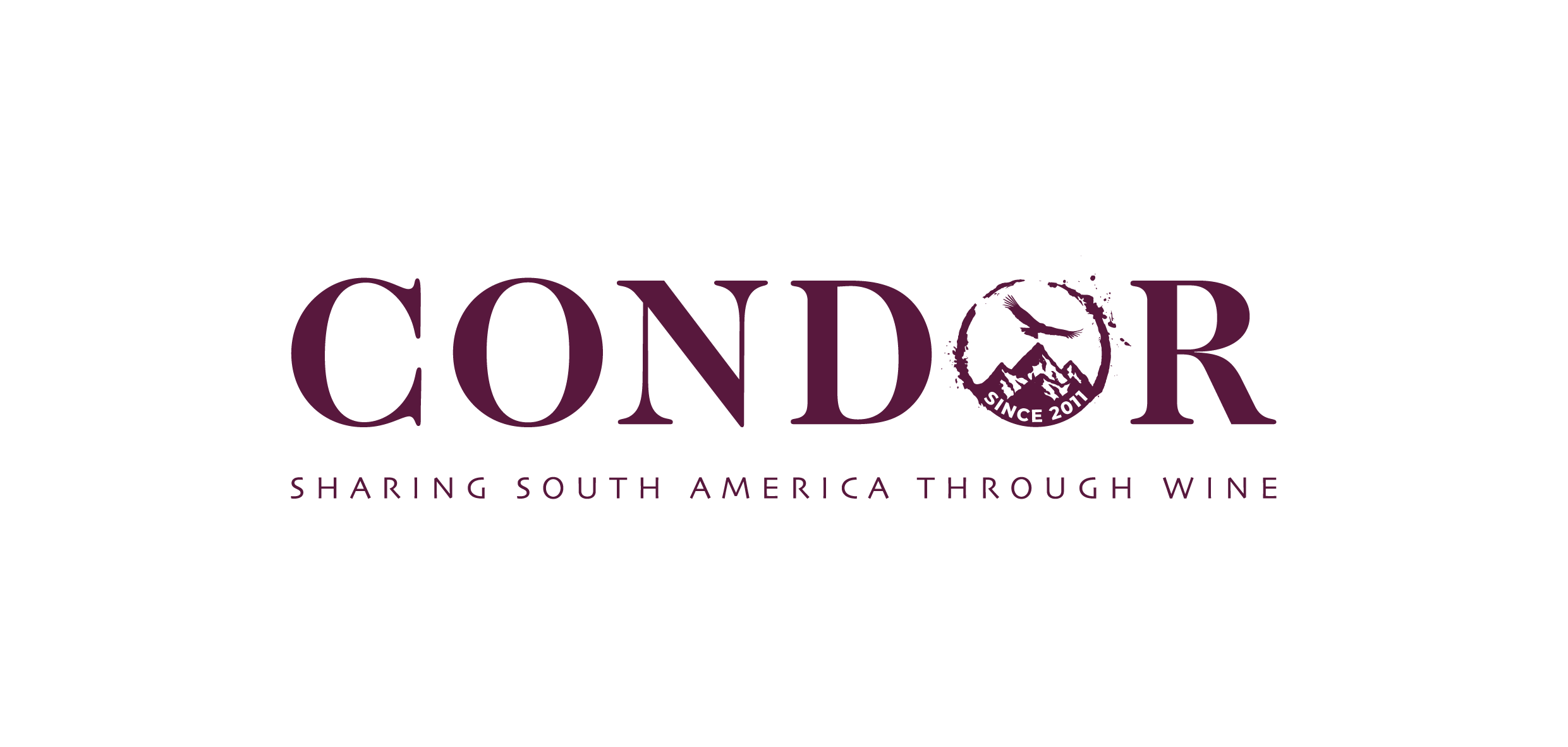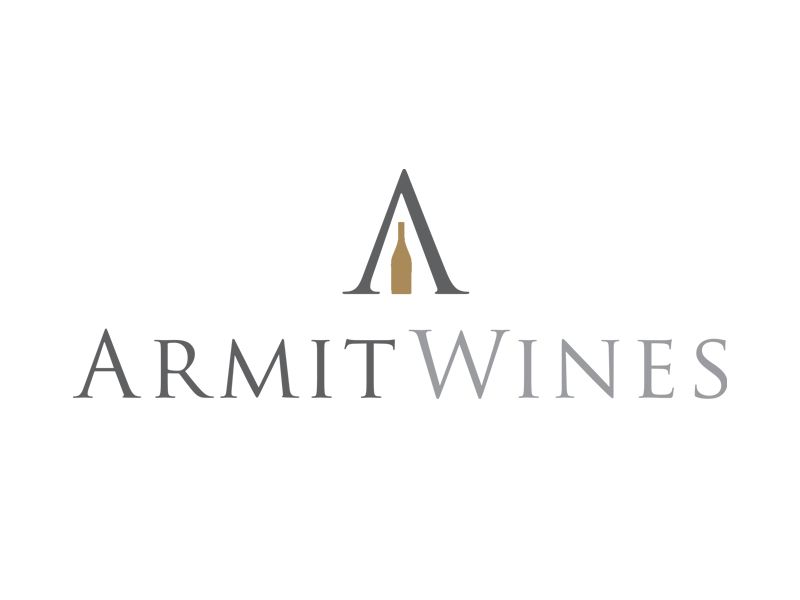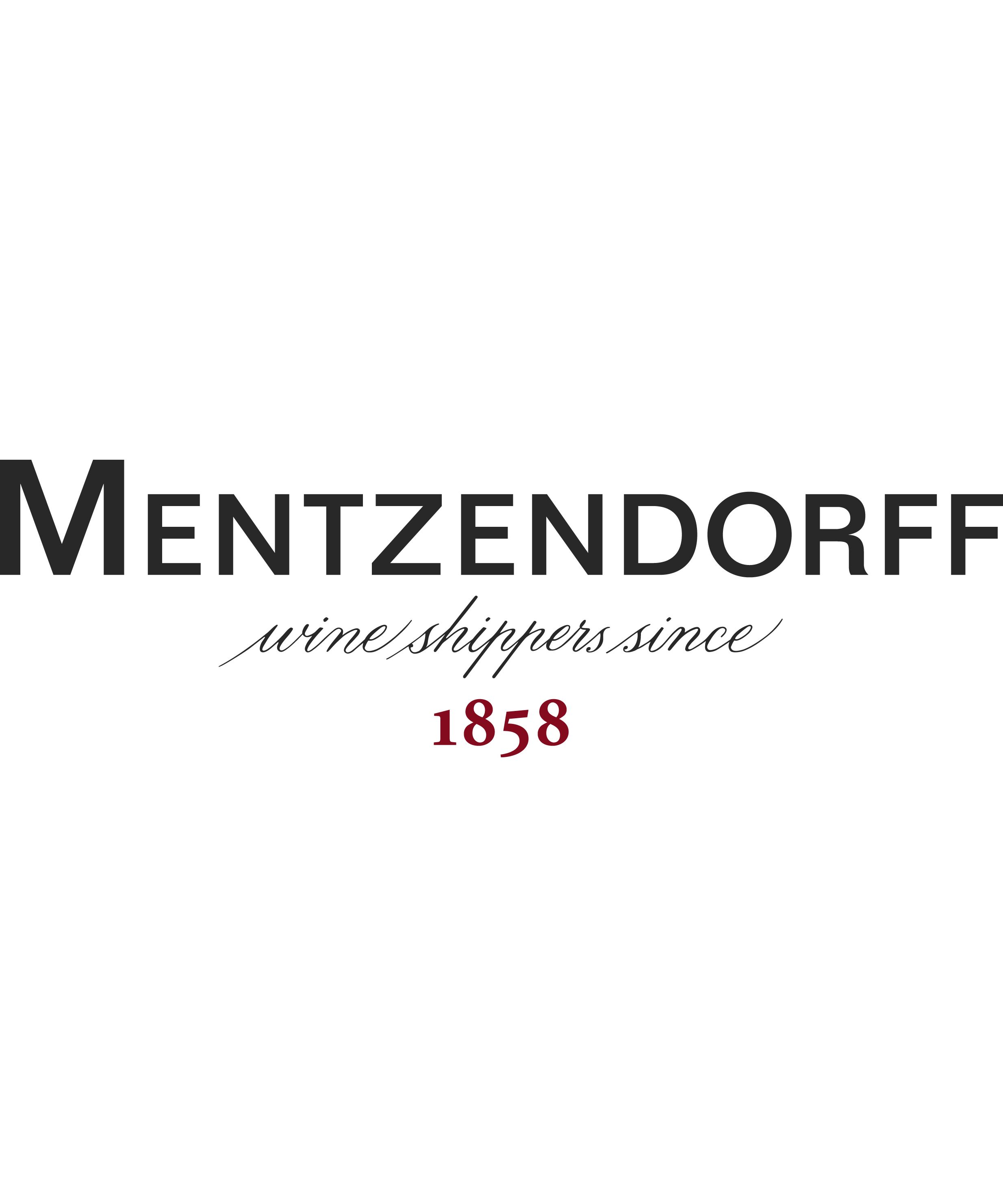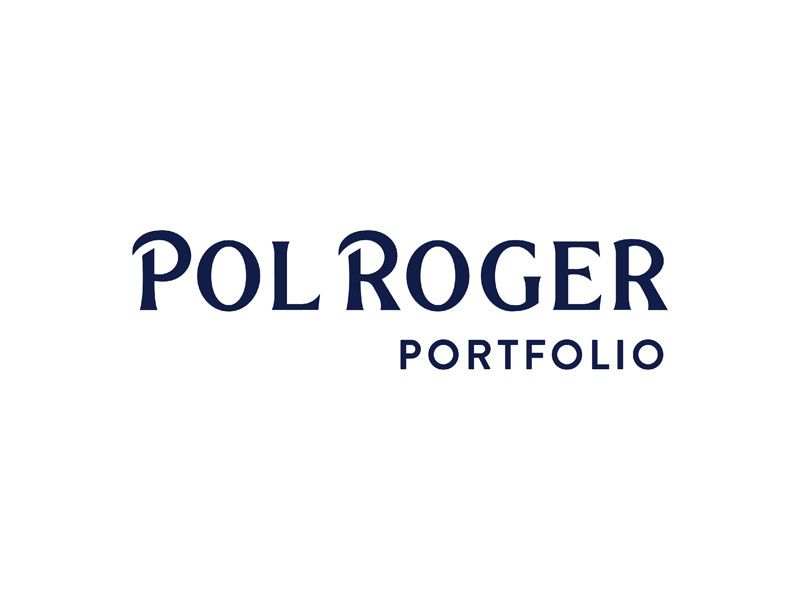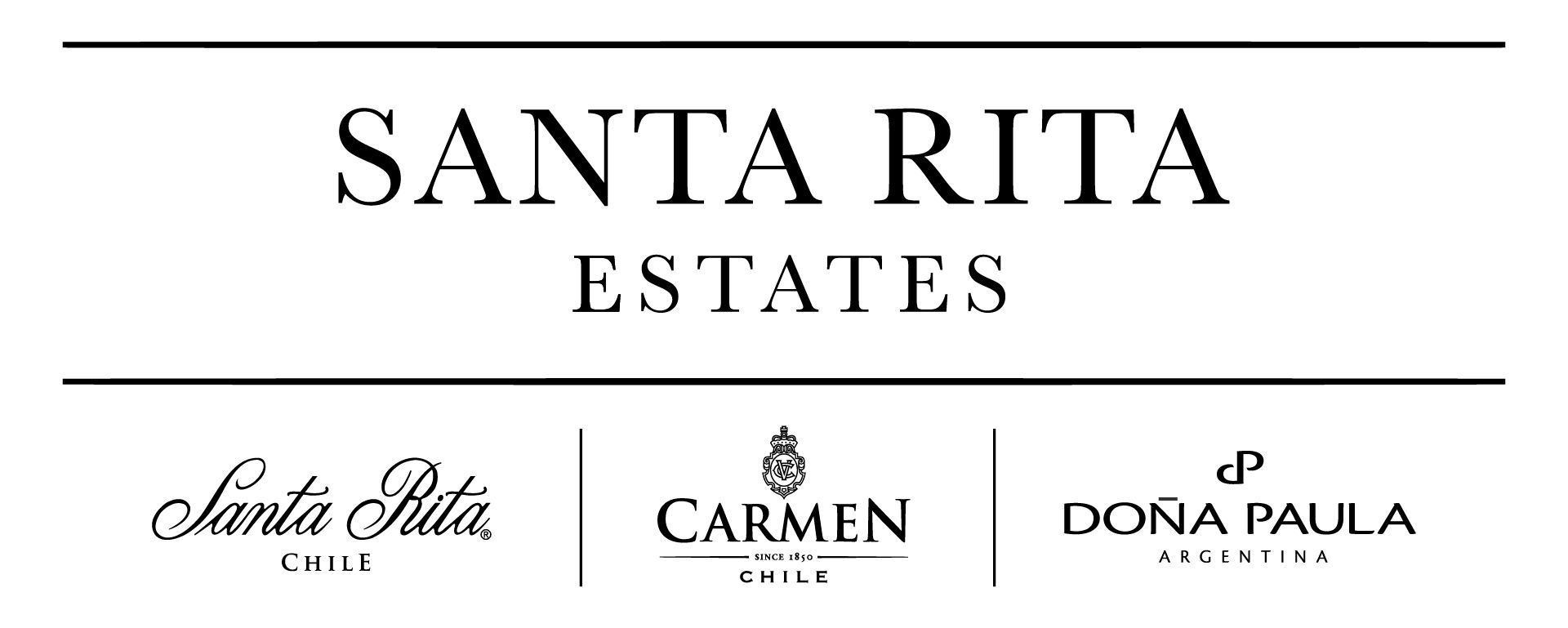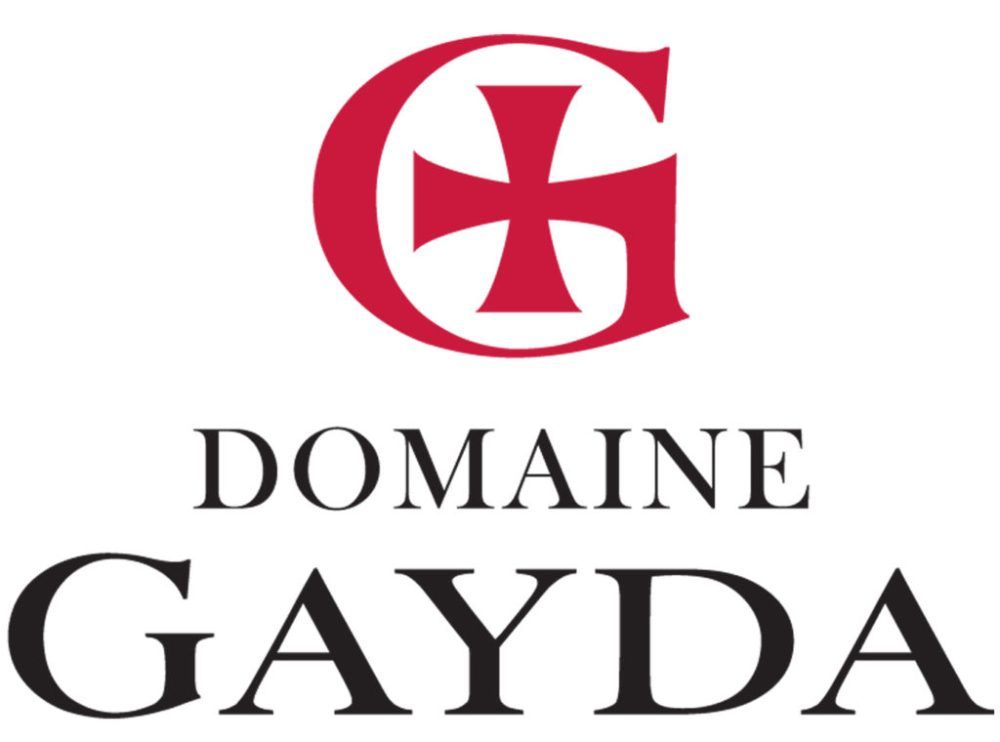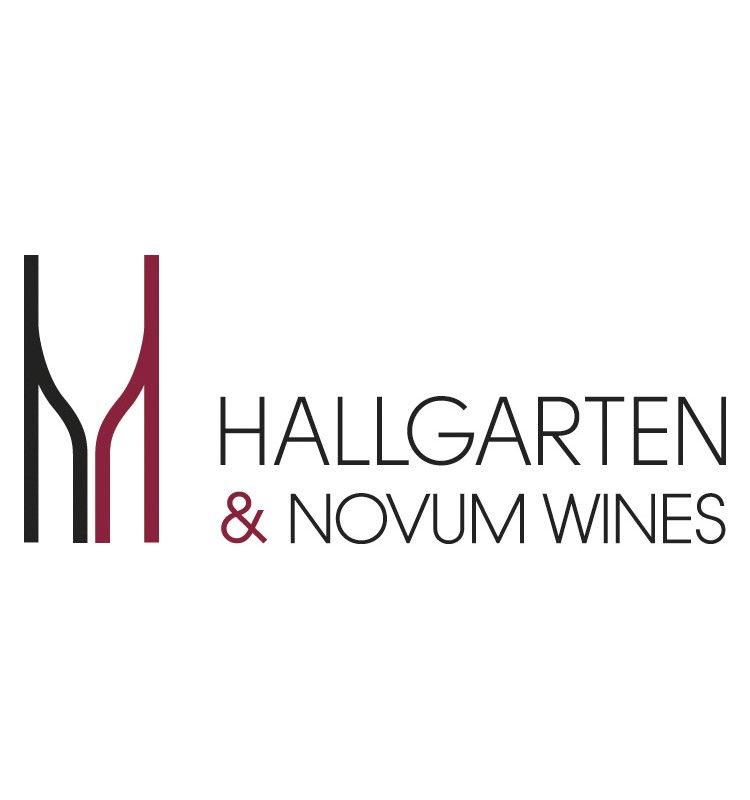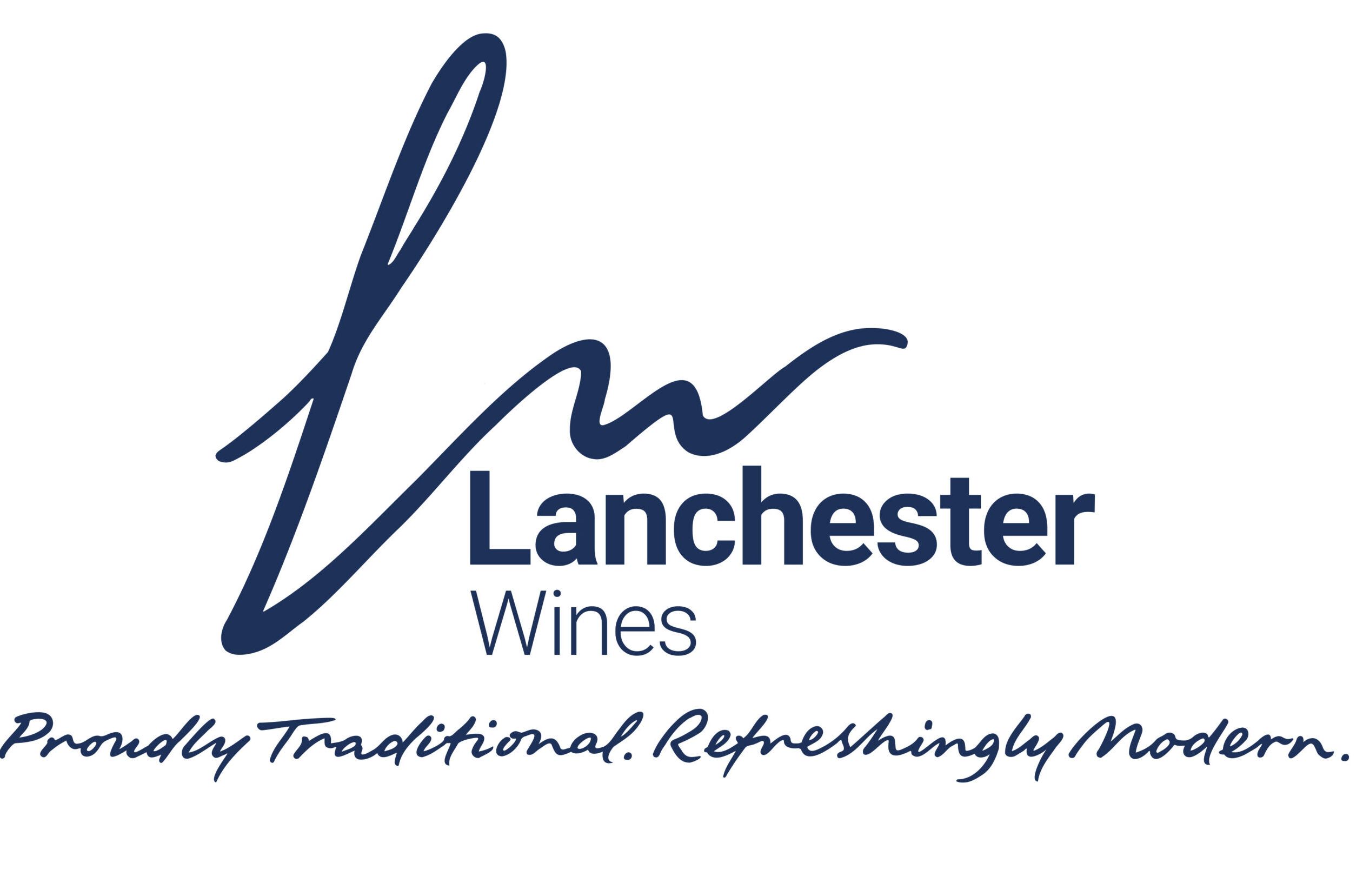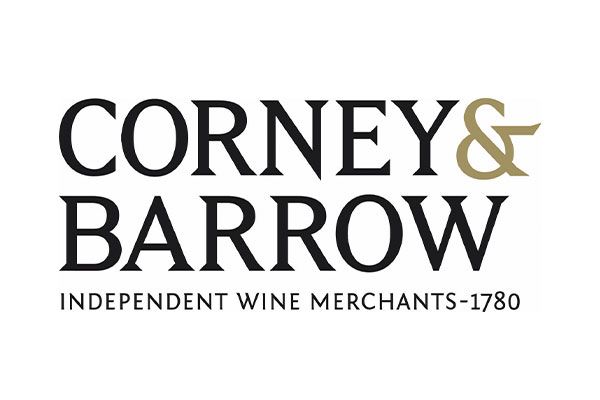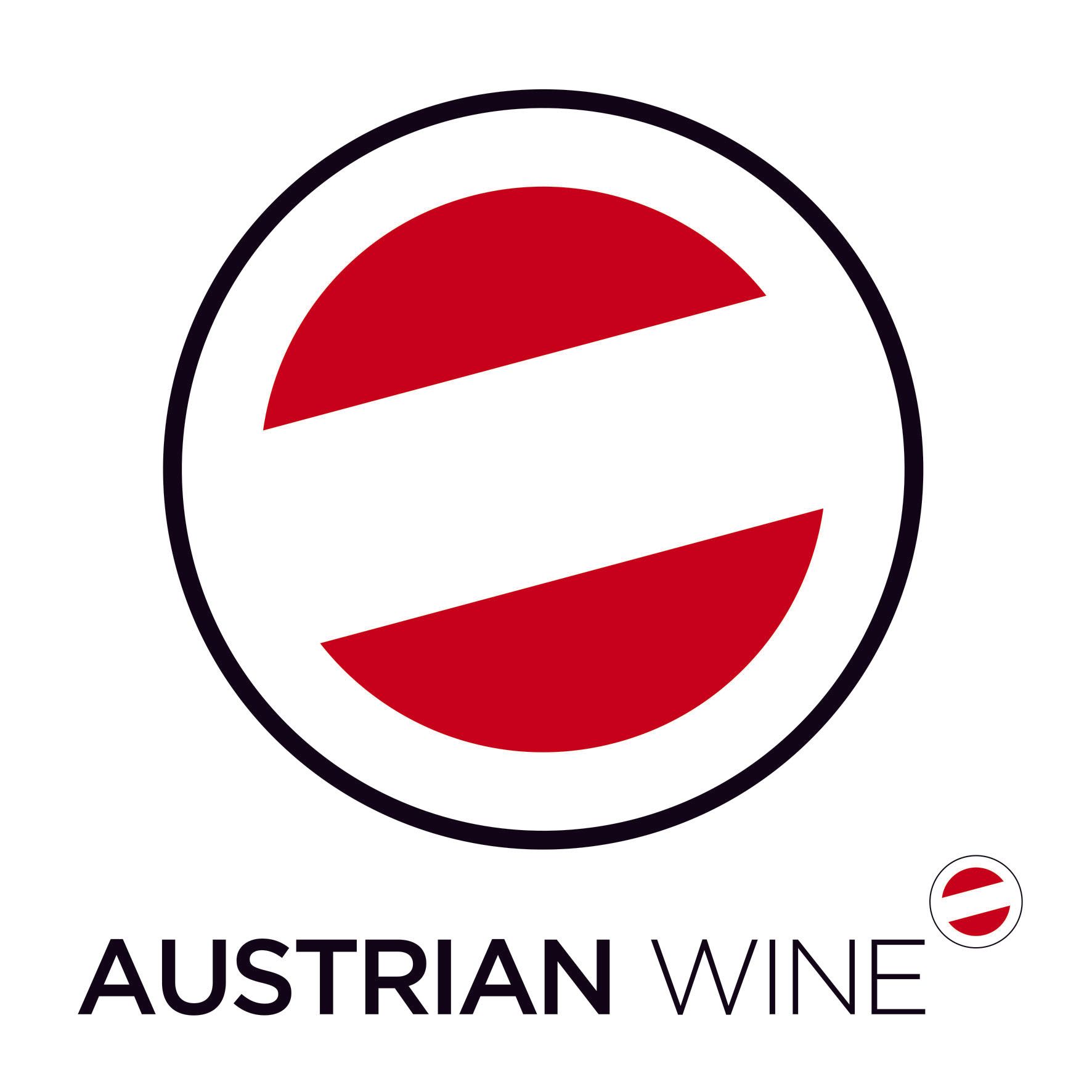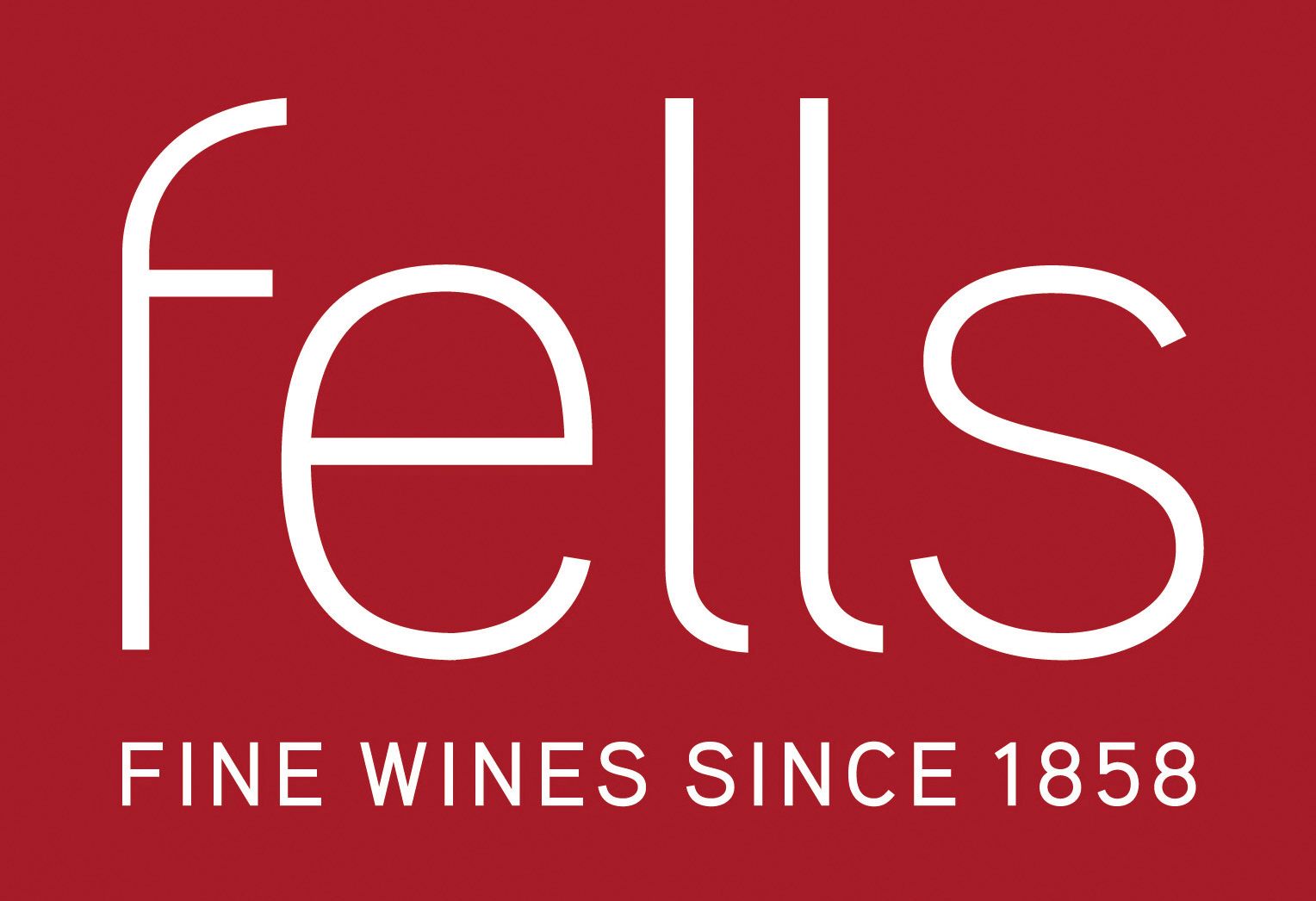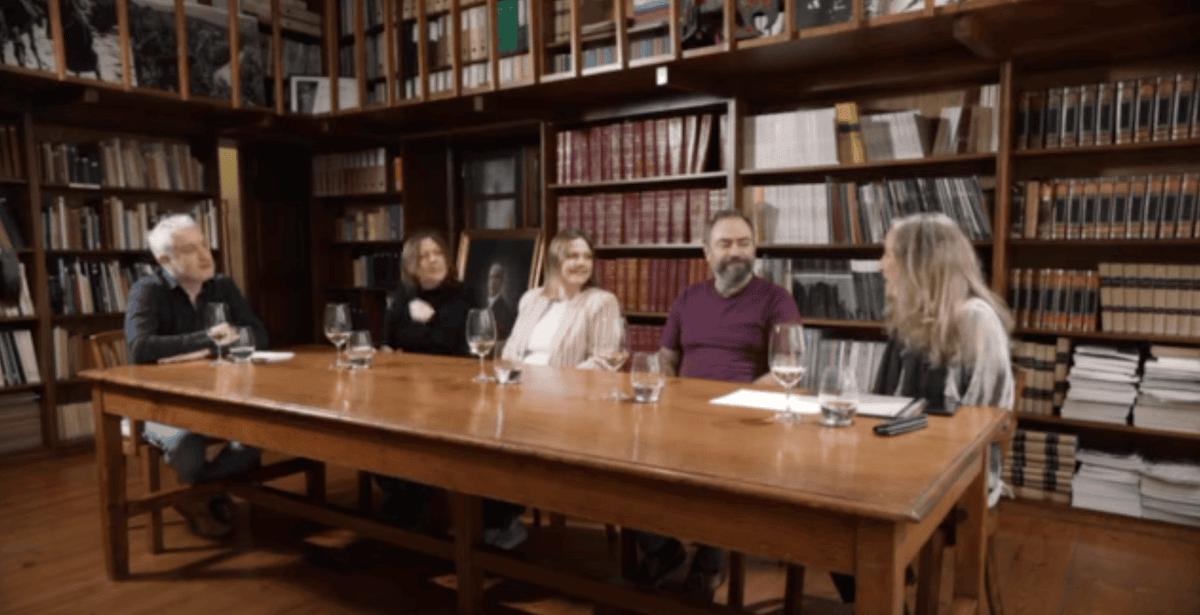Having had such success with the French wine brand Le Grand Noir, it’s not surprising Robert Joseph has looked to follow a similar trail in creating a Georgian wine brand that he claims is truly unique.
It fits the same business mantra of trying “to do something different; asking my favourite question: ‘why not?’”. “Why not make a multi-grape, multi-region, multi-method, multi-vintage Georgian wine?” he says.
But the Georgian wine project is very different from the French one.
As he explains: “It’s like going from playing rock n’ roll to playing intricate, multi-layered, jazz. Price-wise it is five times more, with an ex-cellar cost of around €15 per bottle.”
The ambition is to make Georgian fine wines that are ‘different’ enough to deserve the attention of serious wine buyers. In the same way, he says a Paul Smith shirt demands more attention and respect than an off-the-peg number from Marks & Spencer.
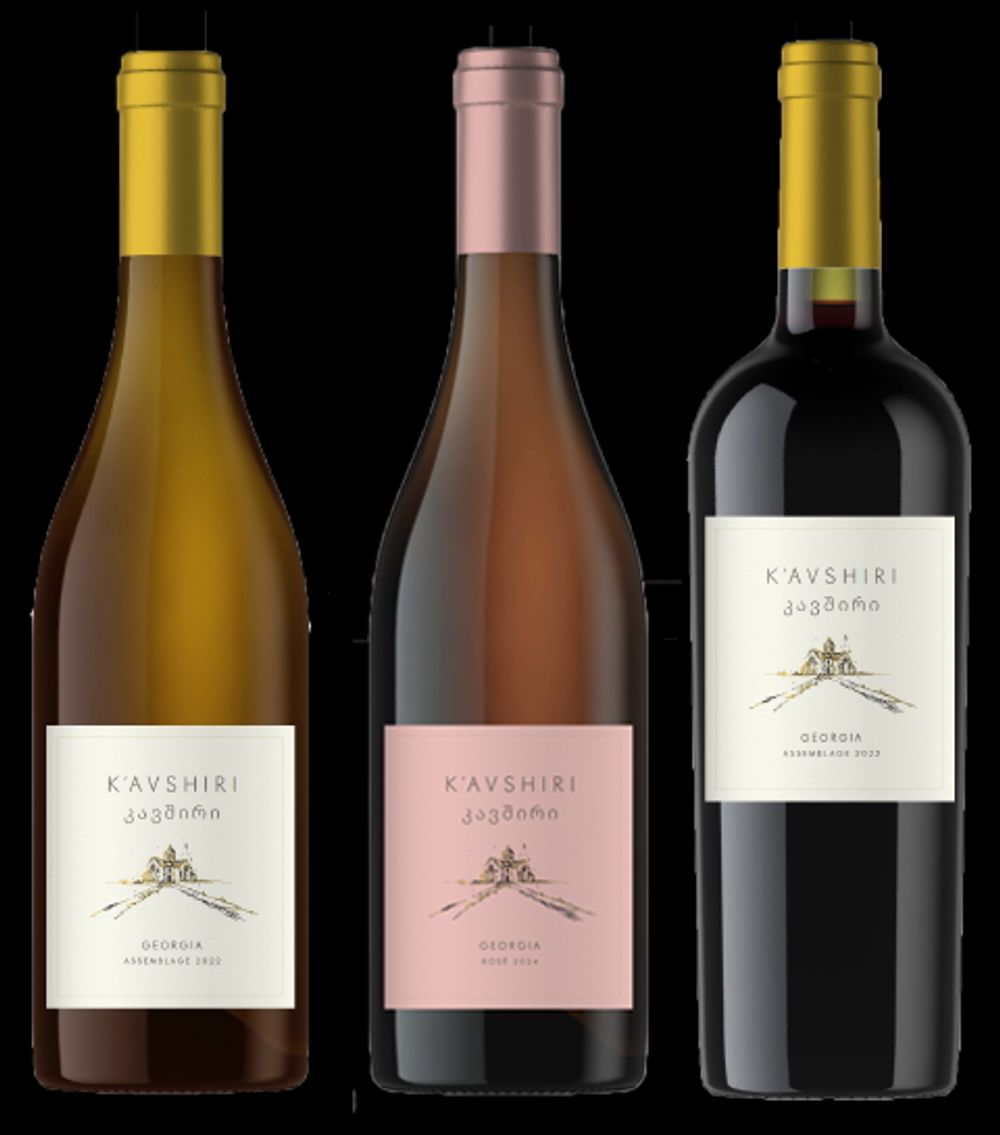
K'Avshiri is the result of Robert Joseph's long term focus and commitment to promoting the wines of Eastern Europe in a joint project with Vladimer Kublashvili chief winemaker at the Khareba Winery
K’Avshiri is the culmination of the consultancy work that Joseph has been doing mainly in Moldova and Georgia over the last 10 to 15 years.
Both might be former Soviet Republics but are “fascinatingly different” in terms of the wines they are producing, says Joseph. Whilst Moldova is very much focused on the commercial side of the industry and is successfully blending its local grapes with international varieties.
Joseph explains: “The difference between them is Georgia has 8,000 years of history, it’s got qvevris, it’s got tourism, Tbilisi and mountains and lakes galore. Moldova hasn’t got many of those boxes to tick - arguably neither does Romania or Bulgaria. So really good wines from these countries can, sadly, be really hard to sell. Georgia, though, with its tourism and cuisine and history does have some fairy dust, right now.”
He says another common theme between Le Grand Noir and K’Avshiri is they both have “genius winemakers” behind them with Hugh Ryman and the Celliers Jean d’Alibert team at Le Grand Noir and Vladimer Kublashvili and his team at the Khareba Winery.
The art of blending
When talking about the production of both wines, Joseph describes K’Avshiri as being like Le Grand Noir “on acid” when it comes to the amount of blending.
“We are effectively blending across the whole of Georgia, with up to 11 different varieties, using different techniques with qvevris, stainless steel, oak and blending vintages. So, instead of releasing vintages, we release ‘assemblages’ with full information of what went into them”.
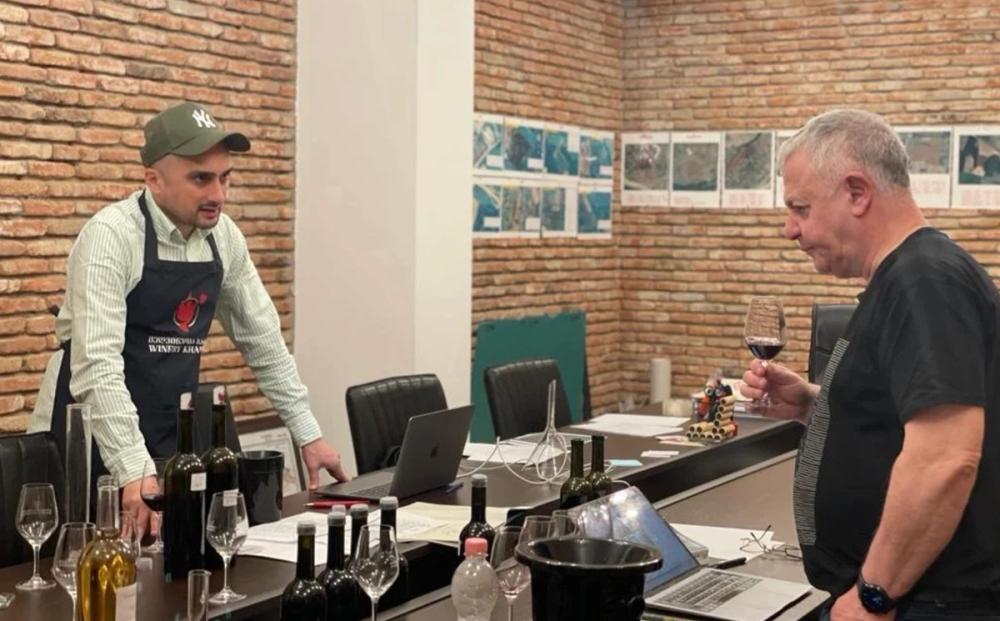
Robert Joseph and Vladimer Kublashvili get down to the meticulous process of blending that is the DNA of the K'Avshiri Georgian wine brand
He likens a blending to the orchestration skills George Martin’s brought to the Beatles and, more recently, what producers, Jon Ronson and Trevor Horn, have achieved with the acts they have worked with. Or in K’Avshiri’s case, the ability to blend from 15 different indigenous Georgian varieties across up to six harvests, using a combination of vessels including qvevri, stainless steel and oak barrels.
“What any chef or mixologist does is all about blending. I have lived in Burgundy, so I love what one grape variety in one vineyard can do. But a piece played by a solo pianist isn’t ‘better’ than one by an orchestra or jazz trio,” says Joseph.
The opportunity to make wine in Georgia was also the chance to make a wine that nobody has ever made before. To start with a blank canvas and create something new, he says.
Joseph is also clearly relishing the chance to work with Kublashvili and tap into his drive, imagination – and winemaking skill. “
We had a bromance,” admits Joseph. “We agreed that weren’t going to respect any traditional rules and focus on blending, blending and blending. Like trying a bit of Aligoté in the blend - and discovering that it works. It’s like being a chef and saying let’s try a bit of wasabi or whatever. You test and trial until something works.”
Sometimes doing something unconventional simply means learning from another region – or history. Co-fermenting black and white grapes is treated as normal in Côte Rôtie, but almost nowhere else? Why? Our Saperavi-Rkatsiteli and Saperavi-Mtsvane co-ferments are essential to the red and rosé K’Avshiri assembalges.
Joseph says they are also very lucky to be working with the family behind the Khareba winery. Not only do they have access to 1,600 hectares of land across the country, they have given Kublashvili the rare freedom to keep tanks of wine dating back to 2017 that can now play an invaluable part in their blends.
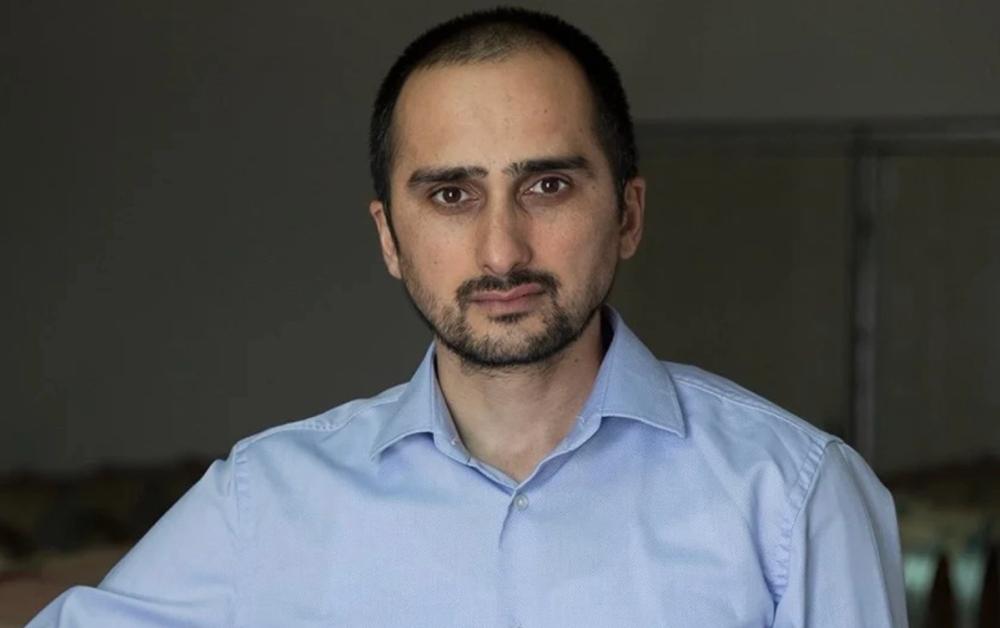
Robert Joseph could not speak more highly of the winemaking skills and vision of Vladimer Kublashvili
Blending across several years – multi-, rather than ‘non’ vintage – is treated as normal in Champagne, but in still wine, it’s rare. “Why?” asks Joseph.
Vega Sicilia has proved its value for a long time, but very few other producers have followed their example. But, he continues, climate change is opening more minds to the idea.
“In 2023 five hailstorms wiped out the Kisi grape variety wines we grow in Eastern Georgia. Thank goodness our concept allowed us to make up for that loss with Kisi from earlier years.”
“That is part of what you are paying for in that €15 and reflects the risk we are taking holding on to the wines,” says Joseph.
Taking their time
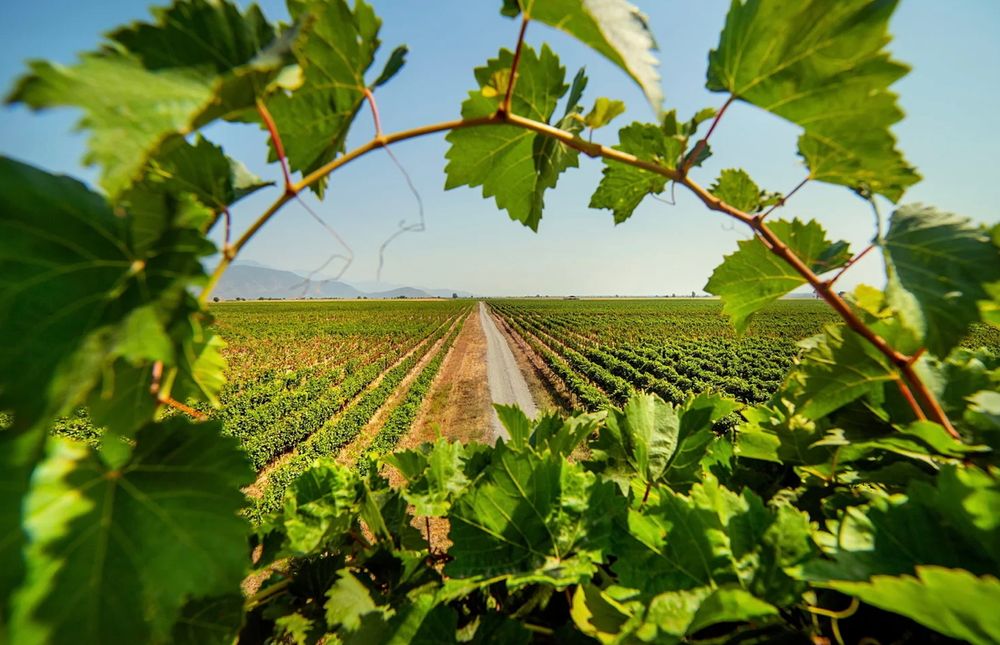
The grapes for K'Avshiri come from multiple vineyards across Georgia
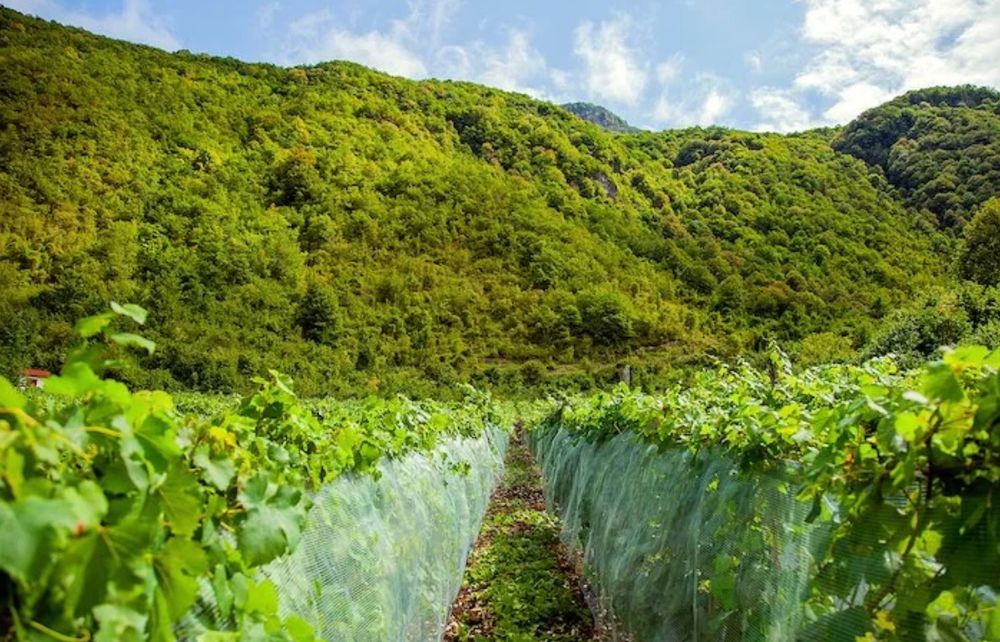
Joseph and Kublashvili have also had the advantage of time, and have been slowly working away on this project since 2019 in order to best understand how to make wines that, as the marketing says, are for those who “prefer the path less trodden”.
There are now three K’Avshiri wines, a white, red and rosé, and production has grown from an initial 2,500 bottles each of red and white to around 25,000 bottles. The second release of rosé is a more modest 7,000 but it has already earned a place on at least one Michelin star table.
The K’Avshiri white 2024 Assemblage combines 2017, 2021, 2022 and 2023 vintages and has stainless steel fermentation (75%); qvevri fermentation (8%);skin-fermentation in stainless steel (5%); and oak fermentation (12%).As well as local Georgian varieties - Rkatsiteli, Krakhuna,Tsitska, Tsolikouri, Kisi, Khikhvi, Mtsvane Kakhuri, Mtsvivane Kakhuri - it also uses a little bit of Aligoté (3%) and Muscat 1.7%).
The K’Avshiri red 2023 combines the same vintages and Saperavi, fermented by itself in qvevri, second-use oak, and stainless steel, and co-fermented with white Rkatsiteli and Mtsvane Kakhuri grapes. There is also Aleksandroulli, Otskhanuri Sapere, Utskhelouri and Ojaleshi, air-dried Aladasturi grapes and 5% Merlot.
The Aladasturi and Merlot each represent just under 5% of the blend, but, as Joseph says, even 1% can make a huge difference – like a few notes from a flute in an orchestration.
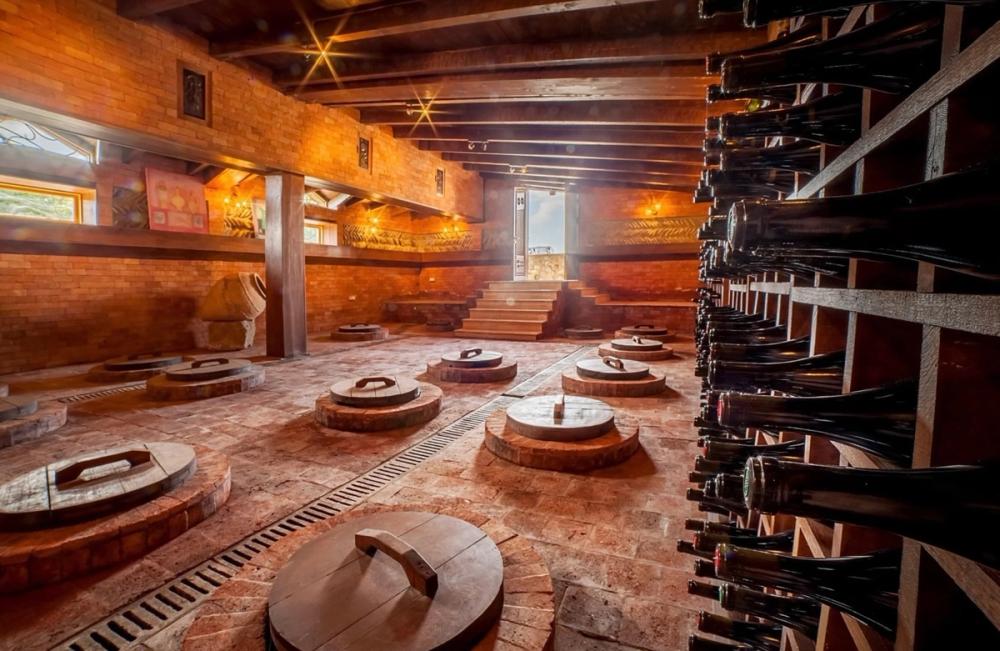
Qveris at the Khareba winery
The K’Avshiri rosé 2024 is the only single-vintage wine in the range. It was made with the lead variety being Ojaleshi (64%), a rare Georgian variety, along with Aleksandrouli (9%); Aladasturi (9%);Mtsvane, co-fermented with Saperavi (3.5%). There was also some partly air-dried, Aladasturi that briefly spent time in a qvevri. It is made with stainless steel fermentation (37.5%); barrel fermentation (26.5%); qvevri fermentation (18%).
“We are beginning to get it into some nice restaurants, and have had very good rating from Richard Hemming MW on Jancis Robinson’s site, a 90 point score from the Wine Enthusiast, a 93.5 from Wine + Markt in Germany, and inclusion in Elizabeth Gabay MW’s selection of 20 non-Provence rosé.s for Decanter. It’s a start.”
It might be the start for Joseph and K'Avshiri but it is the culimanation of his fascination and dedication to the wines and potential of Georgian winemaking that goes back decades.
* You can find out more about K'Avshiri and its wines at its website here.


